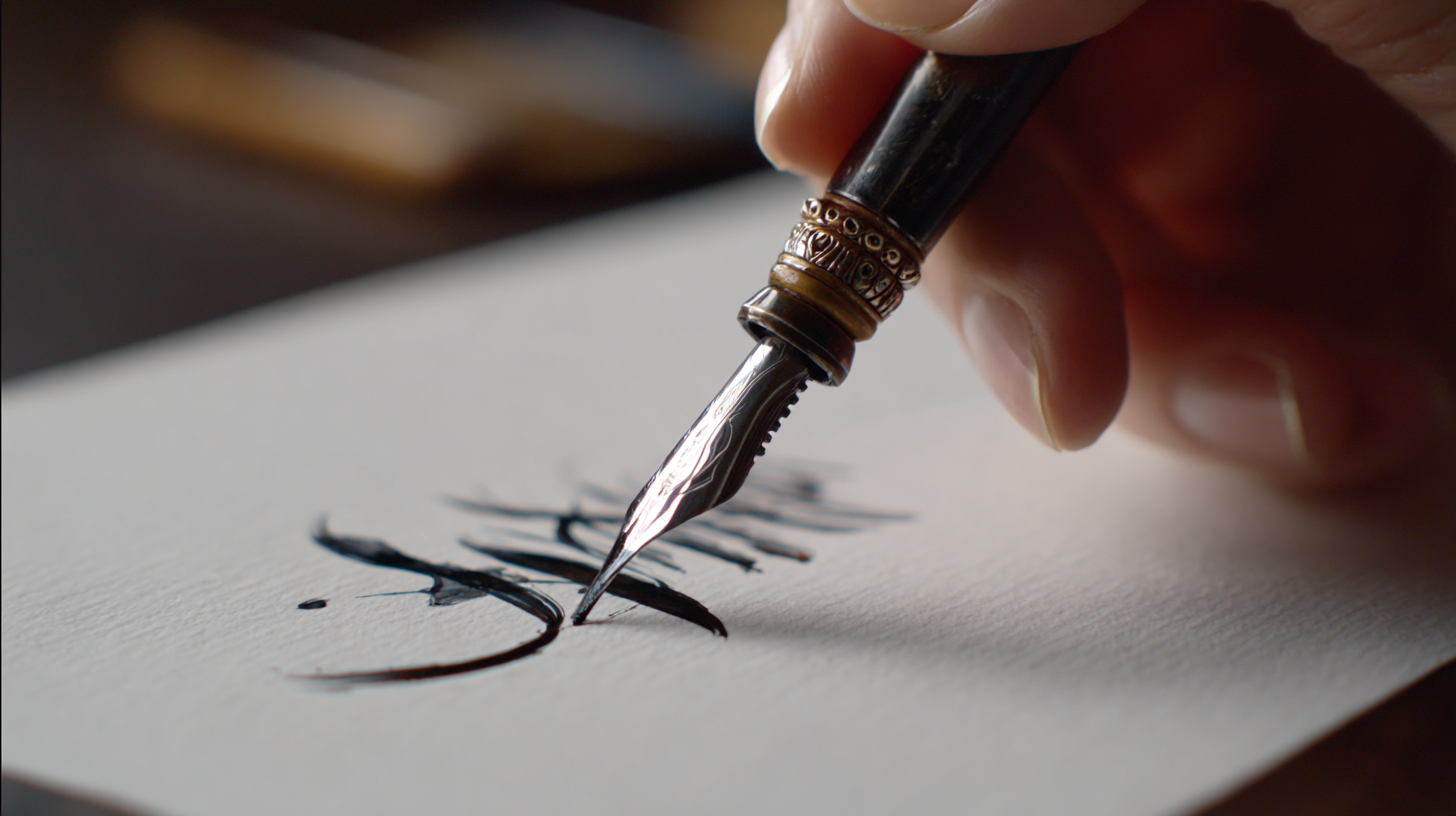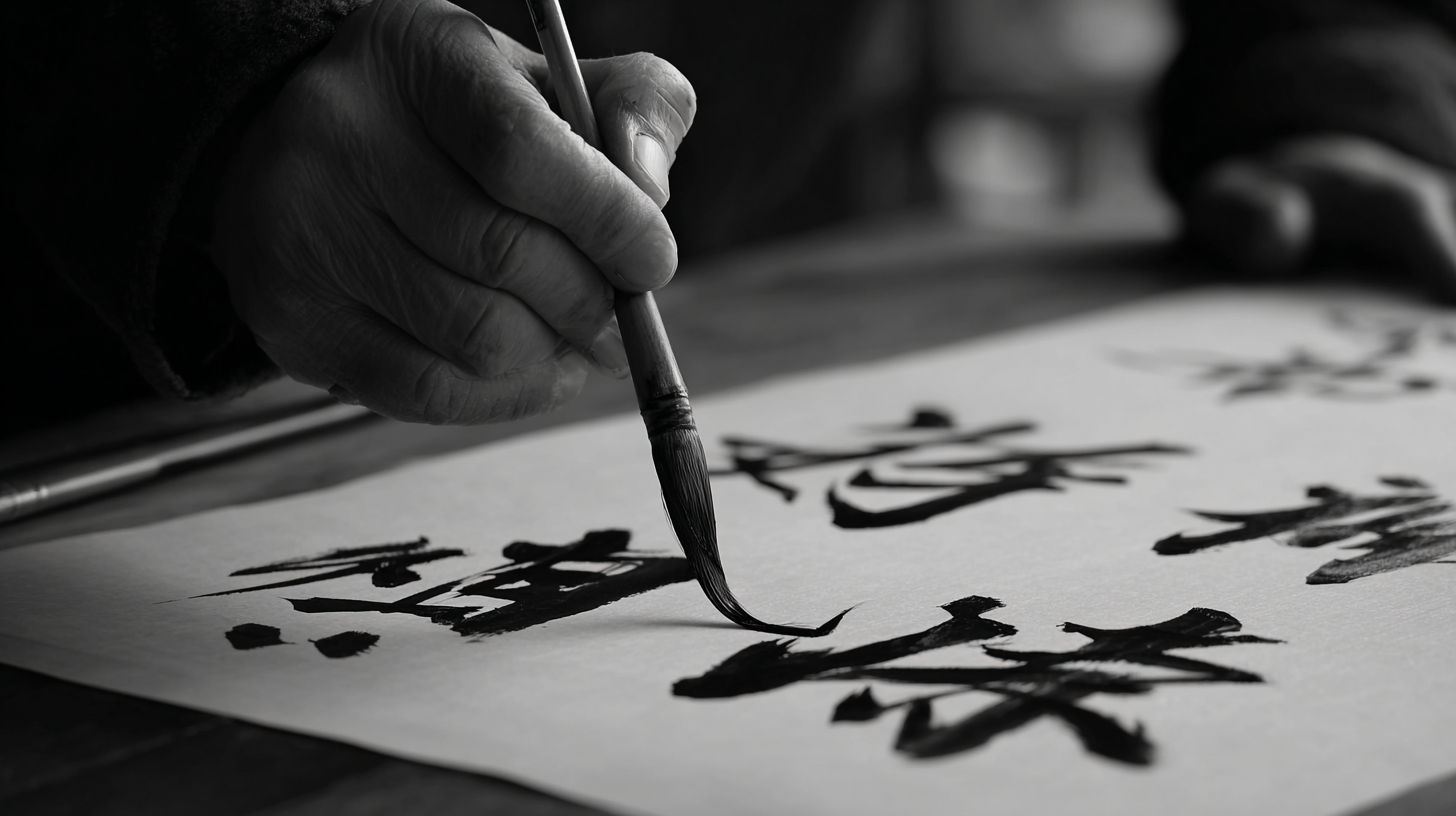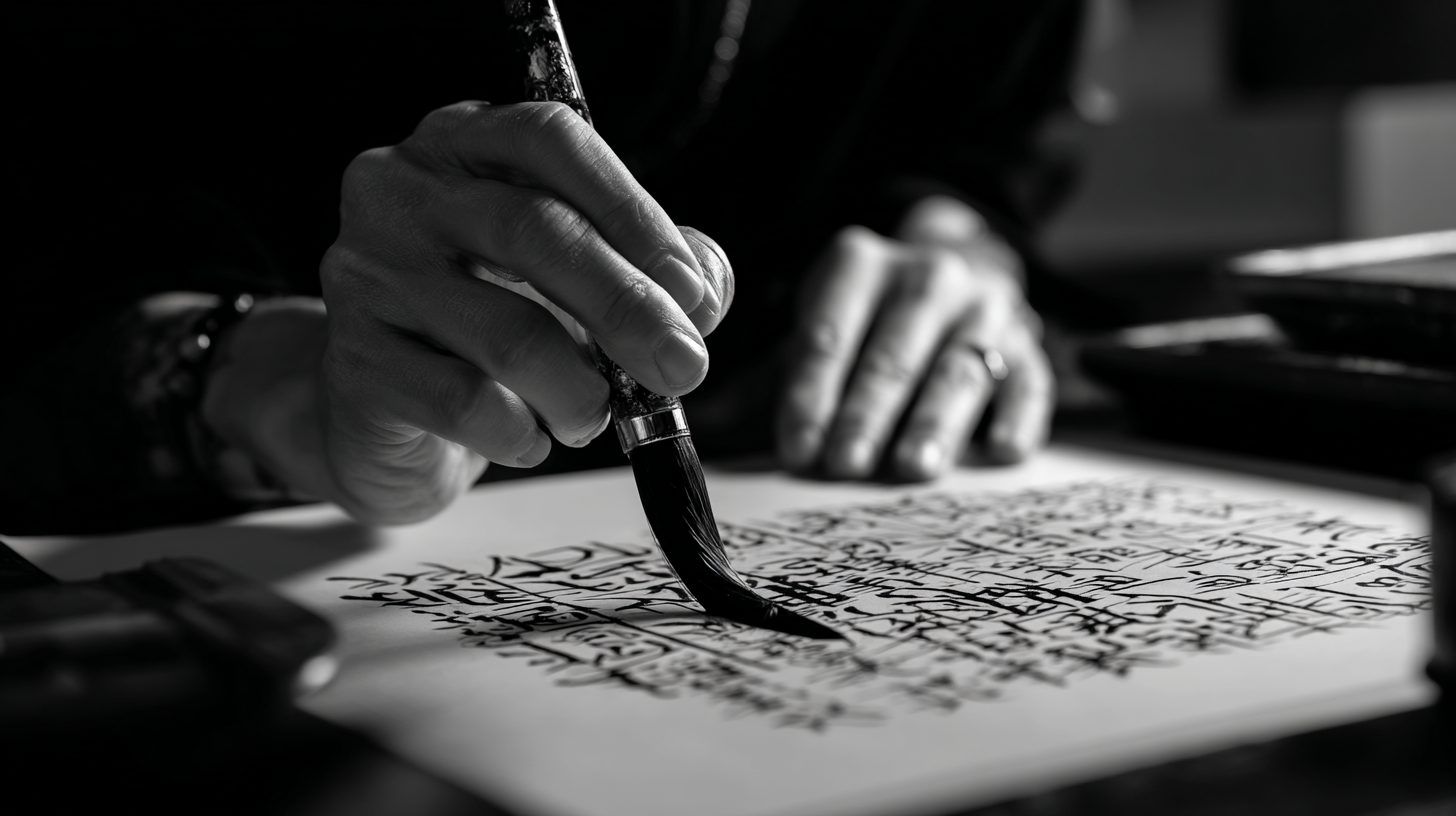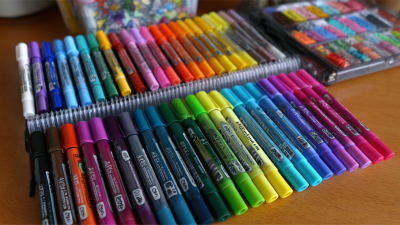Steel brush calligraphy is an art form that has captured the imagination of many, combining traditional techniques with modern creativity. According to a recent industry report from the Calligraphy Association, the demand for calligraphy classes has surged by 30% over the past year, highlighting a growing interest in this elegant form of expression. This increase is also reflected in the rising popularity of materials and tools specifically designed for steel brush calligraphy, with sales of specialty brushes experiencing a remarkable 50% growth on e-commerce platforms. As enthusiasts and professionals alike seek to refine their skills, mastering steel brush calligraphy not only enhances artistic expression but also offers a therapeutic outlet in today’s fast-paced world.

In this blog, we will explore seven essential tips to help you boost your skills and fully embrace this captivating craft.
Steel brush calligraphy is a captivating art form that marries the beauty of traditional lettering with the versatility of modern tools. To embark on this creative journey, familiarizing yourself with the essential tools is crucial. A quality steel brush pen is at the heart of this craft; its flexible nib allows for dynamic stroke variation, enabling artists to create bold contrasts that define this style. Additionally, having a smooth, high-quality paper is imperative, as rough surfaces can hinder the flow of ink and compromise the final outcome.
In terms of technique, mastering pressure control is fundamental. Unlike traditional calligraphy that relies heavily on consistent pressure, steel brush calligraphy requires a nuanced approach—applying more pressure during downward strokes to create thick, vibrant lines, and releasing pressure for delicate, thin strokes as you move upwards. Practicing basic shapes and letters will enhance muscle memory. Incorporating rhythm and fluid motion is equally important; each stroke should feel intentional yet free, allowing for creativity to flourish. By understanding these basics, you can elevate your steel brush calligraphy skills and express your unique artistic voice.
Stroke variation is the heartbeat of calligraphy, especially when utilizing a steel brush. It adds depth, character, and personality to your lettering, transforming a simple word into a dynamic piece of art. By mastering the pressure applied on the brush, you can create a beautiful contrast between thick and thin lines, which not only enhances readability but also captivates the viewer’s attention. Whether you're crafting elegant scripts or playful designs, understanding stroke variation helps define your unique style.
To incorporate effective stroke variation into your practice, focus on the movement of the brush as you write. Begin by practicing basic strokes with different pressure levels: apply more pressure on downstrokes to create wider lines and lighten your touch on upward strokes for a delicate finish. This fundamental technique allows you to explore a range of expressions within your calligraphy. Experimenting with angles and the speed of your strokes will also yield remarkable results, giving you the confidence to explore and refine your artistic voice. The more you practice, the more your personal style will emerge, adding an exciting dimension to your calligraphy works.

When it comes to mastering steel brush calligraphy, understanding the art of ink flow is essential for achieving consistent and beautiful lettering. The key to smooth writing lies in the proper loading of your brush. Begin by dipping the bristles in ink, ensuring you cover them evenly but not excessively. Too much ink can lead to blotting, while too little can cause dragging and inconsistency. Practice loading your brush until you find the right balance that allows for fluid movement across the paper.
Another important aspect of controlling ink flow is maintaining the right pressure during your strokes. A light touch can produce delicate lines, while applying more pressure can yield bold, expressive characters. Experimenting with varying degrees of pressure will help you discover how to manipulate the thickness and style of your letters effectively. Additionally, pay attention to the speed of your strokes; slower, deliberate movements can result in better control and detail, while faster strokes can create a dynamic, energetic feel. By mastering these elements of ink flow, you'll enhance your steel brush calligraphy skills and bring your artwork to life with confidence and precision.

Achieving balance and composition in steel brush calligraphy is essential for creating visually appealing works that resonate with viewers. The ability to manipulate line thickness and spacing is foundational in honing your skills. According to a 2022 report by the International Calligraphy Association, artists with strong compositional techniques reported a 30% increase in satisfaction with their work, highlighting the importance of mastering these elements.
One effective tip for achieving balance is to focus on the arrangement of your characters on the paper. Start by lightly sketching your layout to ensure each letter has ample breathing room. This technique prevents overcrowding and enhances readability. Additionally, varying the pressure on your brush can create a dynamic contrast, drawing attention to specific parts of your composition.
Moreover, experimenting with different styles of flourishing can add a unique aesthetic to your calligraphy. A study published in the Art & Design Journal found that incorporating flourishes not only elevates style but also improves the emotional response from viewers by 40%. Remember, the goal is to maintain harmony while expressing your individuality through your strokes.
Mastering steel brush calligraphy is a rewarding journey that benefits immensely from the wealth of online resources and vibrant communities dedicated to this art form. According to a survey by the Calligraphy Society, over 70% of serious calligraphers have utilized online platforms for skill enhancement and inspiration. These platforms not only provide instructional videos and tutorials but also host forums where artists can share their work and receive constructive feedback. Engaging with these resources can significantly accelerate your learning curve, helping you to refine your techniques and discover new styles.
Additionally, joining online communities, such as those found on social media platforms or dedicated calligraphy forums, opens up opportunities for collaboration and mentorship. A study published in the International Journal of Arts and Humanities highlighted that 65% of artists who actively participated in online groups felt more confident in their skills. By connecting with peers, you can exchange tips, participate in challenges, and even collaborate on projects that push your creativity to new heights. This sense of community not only provides moral support but also fosters a culture of continuous learning and improvement in your calligraphy practice.






